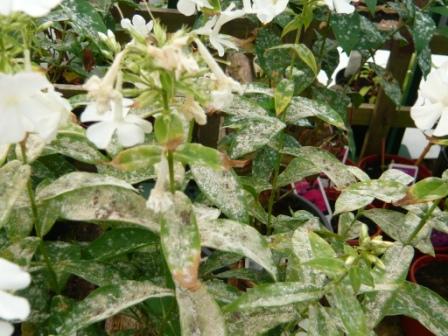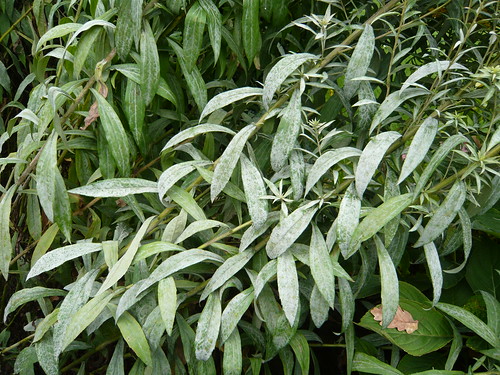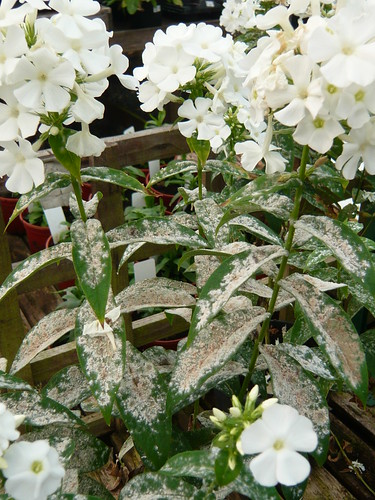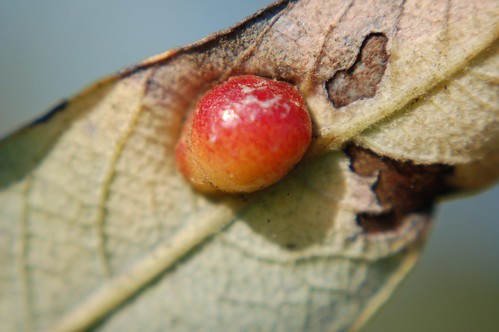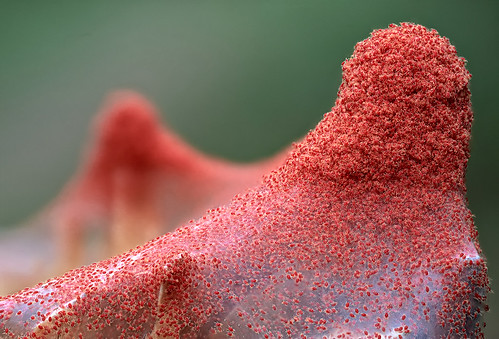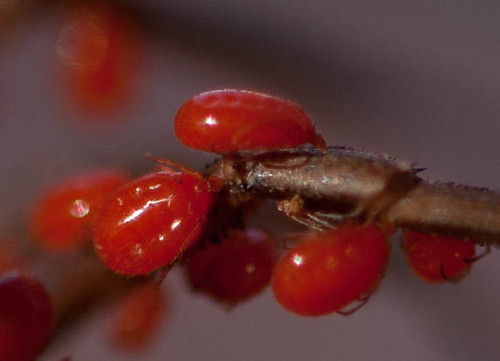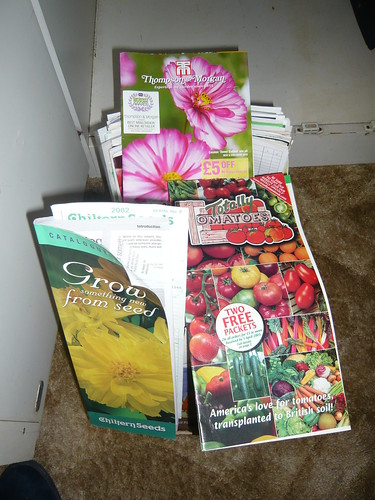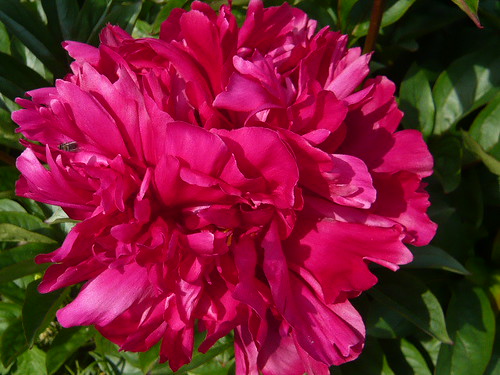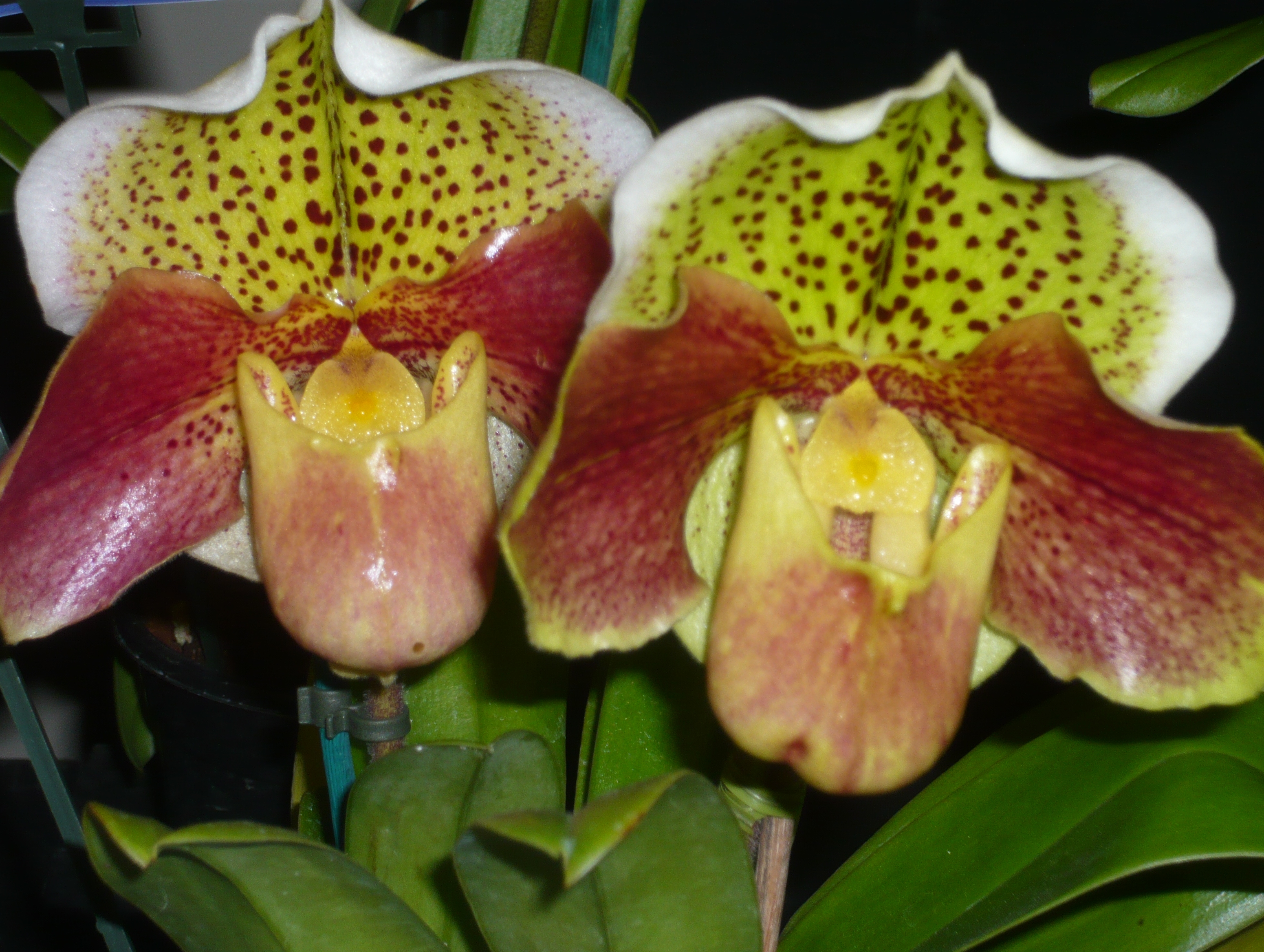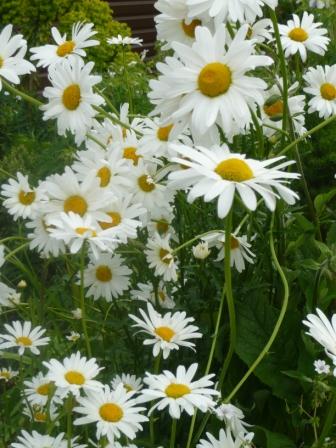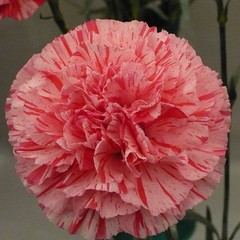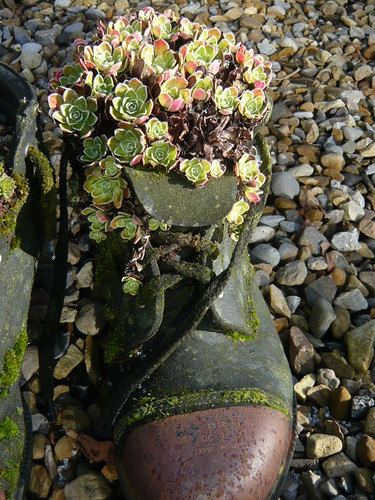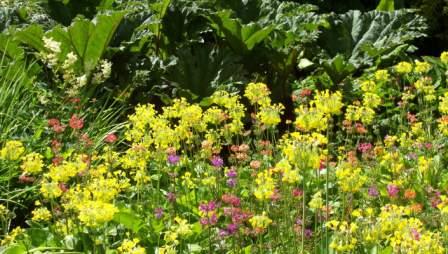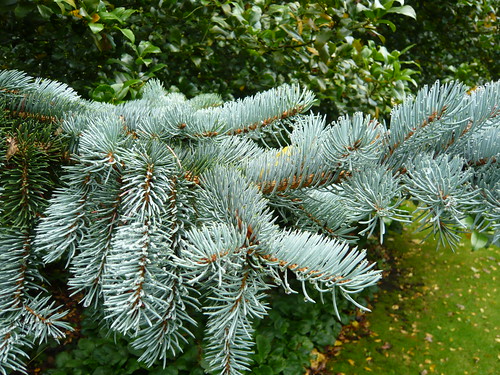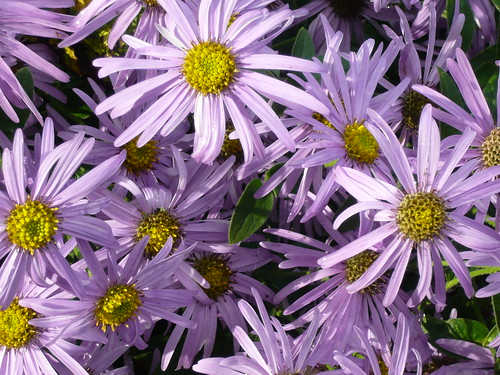Understand Mildew in Your Garden
Mildew is an airborne fungus that requires wet weather and warmth to come to life. It is most visible during spring and autumn as the winter is too cold and in summer it may be too hot. The wetter spring and autumn is when the white powdery mold-like mildew shows up most.
When mildew is dormant or being blown around your garden as spores it is invisible. When it has infested your plants it often shows up as a white powdery substance which are dead spores. Black mildew is seen on wood an in damp places in the home whilst yellow patches with brown furry blotches underneath affects Rhododendrons. No plants are immune although some suffer a lot worse than others, roses, gooseberries, marrows, apples, sweet peas, clematis etc.
Tips to Control Mildew
- It seems contrary but keep plants very well watered at the roots but do not splash the leaves.
- Stress or lack of air circulation causes mildew to grow & thrive.
- Mix one tablespoon baking soda with one gallon of water and spray all the plants as a contact fungicide
- A spray made up with 10% milk and 90% water is not EU approved but is said, after trials, to be effective.
- Look out for mildew resistant varieties.
- Mulch when the soil contains plenty of moisture.
- Do not plant too densely as mildew fungus loves stagnant air.
- For severe infections, on roses for example, prune out infected parts and white patches on stems immediately. Burn or dispose of all infected debris.
Effects of Mildew
Lest you think mildew is a benign substance you should be aware of some of its effects.
Corn crops can be devastated by mildew and is of major concern to farmers.
Fruit crops can become mis-shapen and unsaleable.
Severe attacks can and will kill your garden plants.
